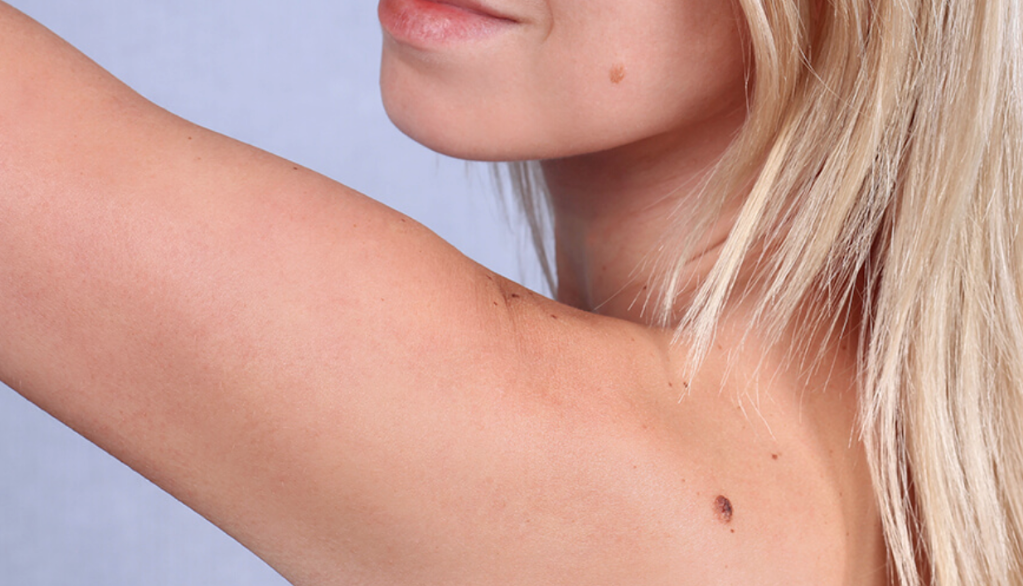Most of us are familiar with what moles and skin tags are. Moles are usually brown or black in pigment and can be found anywhere on the body. Skin tags are small pieces of soft hanging noncancerous skin. Most moles aren’t cancerous and aren’t something individuals concern themselves with removing. However, if you have a mole or skin tag that you don’t like how it looks or feels you do have options to remove them.
The first step in getting a mole removed is getting it assessed by a doctor. It is important to properly assess moles to ensure that they will not pose any problems throughout the removal process. If a mole is determined to be cancerous, the procedure is much more elaborate because the mole and the area around it must be removed immediately. There are two ways in which a mole can get removed. One way to remove moles is through surgical excision. This means that a doctor numbs the area surrounding the mole and uses a scalpel to cut out the mole. Some of the skin surrounding the mole will also come off in order to remove the mole completely. After the procedure is finished, a doctor will then stitch the area closed. The second way to remove moles is to have them surgically shaved off. Again, the surrounding area will be numbed and the doctor will use a small blade to shave the mole. Typically, smaller moles are shaven off so there isn’t a need for stitches.
There are various procedures that can be utilized to remove skin tags. One option is cauterization, which is when the skin tag is removed through electrolysis. Essentially, electrolysis will burn off the skin tags using a probe that is passing an electric current through it. Another option is cryosurgery, which is when the skin tag is frozen with liquid nitrogen and causes it to fall off. Ligation can also be used, and this is when the blood supply to the skin tag is cut off. Lastly, there is excision which is when you can simply cut the skin tag with a scalpel.
Once the procedures have been completed it is unlikely that the skin tags or moles will return. There will be a scar that form so it is important to know that before the procedure. Additionally, it is important to keep the area especially clean because there is always a risk that the area will get infected. This means you must keep the area covered until the wound heals. Most important of all, do not try to remove a mole or skin tag yourself, it can lead to excessive bleeding or infection. Remember to always consult a medical professional when it concerns your skin.

